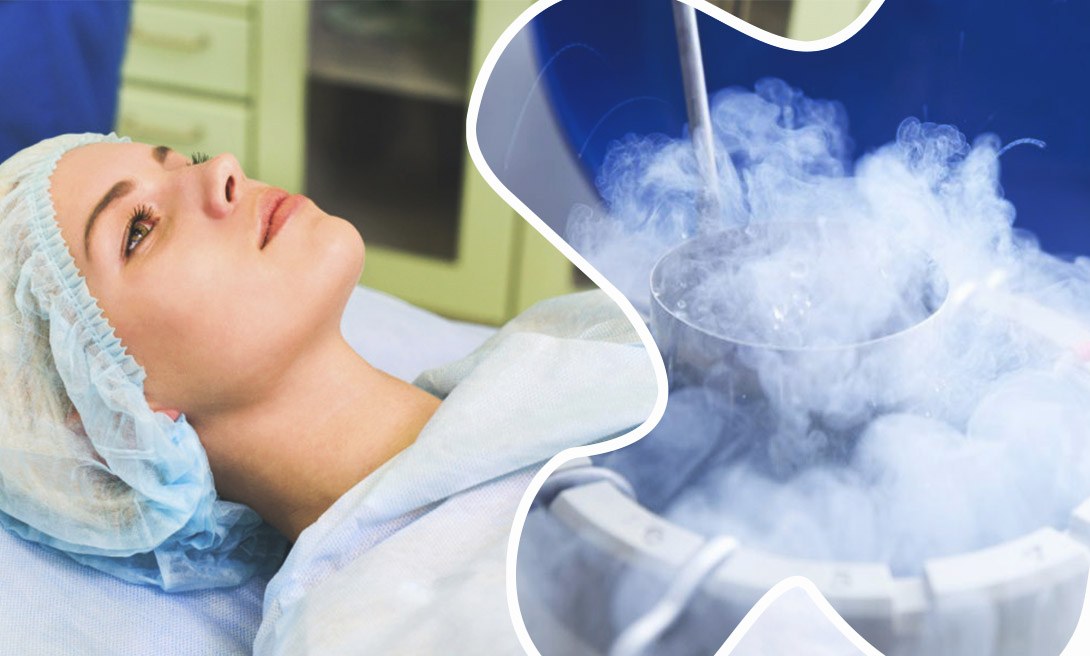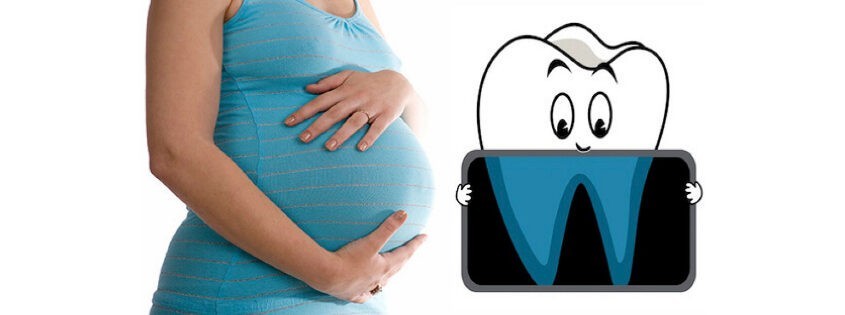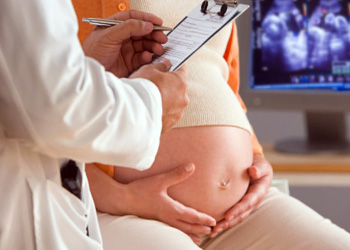 Before starting the procedure, some tests are required.
Before starting the procedure, some tests are required.
#1. Examination before the egg freezing procedure
Before starting the procedure, some tests are required. These screening procedures include:
- Screening for infectious diseases – during this type of screening, a woman is tested for various diseases, such as HIV, Hepatitis B, hepatitis C and so on.
- Ovarian reserve testing – the results of this test help assess and predict ovarian response to fertility drugs. An AMH test is performed for this test. (anti-Müllerian hormone) с AFC (antral follicle scanning). The quality and quantity of eggs is checked, produced by a woman.
#2. Ovulation induction
In vitro fertilization procedure begins with four to six weeks of hormonal injections before egg retrieval. Usually, the process includes self-hormonal injections and birth control pills, two to four weeks of which lead to, that natural hormones are temporary “turn off” and one of these hormones is produced during the menstrual cycle. Then the process continues for 10-14 days.
#3. Egg retrieval stage
This procedure is performed under light anesthesia.. Usually, doctors prefer transvaginal ultrasound. During this operation, ultrasound guidance is performed to access the follicles.. The doctor then directs a thin needle into the vagina.
Eggs are removed from the follicles very carefully using a suction device, connected to the needle. For 20-30 minutes during this process, you can collect several eggs. If the doctor has difficulty accessing the ovaries with transvaginal ultrasound, then a laparoscopy procedure is used to guide the position of the needle. Thus, a laparoscope is inserted into the navel.
#4. Freezing eggs
After collecting unfertilized eggs, they are frozen to a lower temperature. (-196 degrees). This is done in order, to prevent any biological activity in the egg. The zygotes are then stored for later use.. There are several ways to freeze:
- Slow freezing method – the process consists in the use of programmable freezers, which freeze zygotes very slowly, to avoid the formation of intracellular ice crystals. Cryoprotectants are initially used at a very low concentration in this slow freezing method. Only when the temperature slowly decreases and the metabolic rate of the eggs decreases, a high level of cryoprotectants is used.
- Vitrification method – Eggs are exposed to high levels of cryoprotectants through vitrification, in which part of the water is removed from the egg and the likelihood of destruction is reduced. After that, the eggs are immersed in a bath of liquid nitrogen., which freezes eggs for 2-3 seconds. Once frozen, it is stored at an extremely low temperature. -196 ° C in liquid nitrogen.
Learn more about surrogacy agency: [email protected], www.international-surrogacy.com, 1.908.386.3864.





